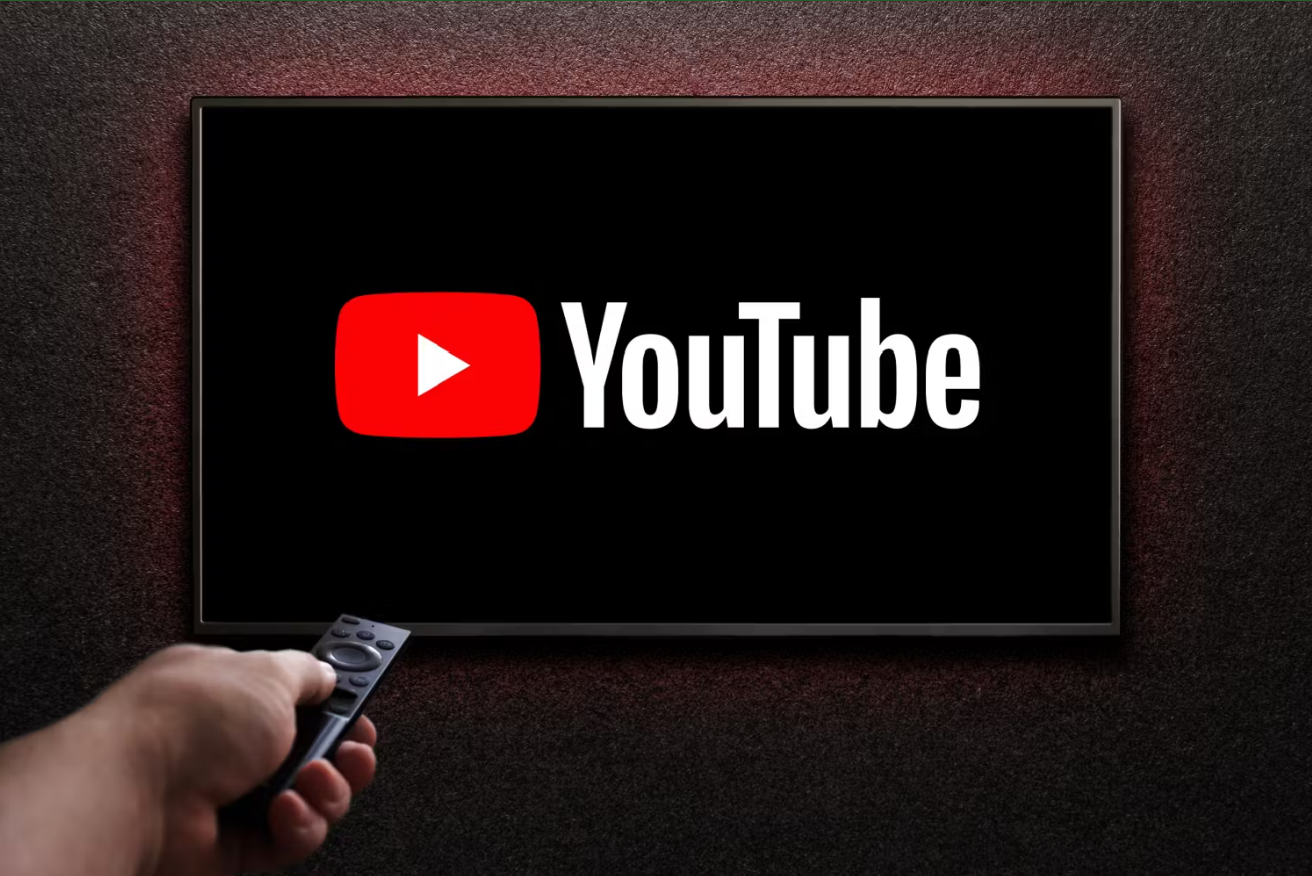Turn on YouTube, and you’ll find them everywhere, the A-listers, the cinema darlings, the Netflix veterans, the award winners. They’re all there, producing content on a platform that, not too long ago, was whispered about in hushed, almost embarrassed tones.
YouTube was where you went when you couldn’t get “real” distribution. It was the bargain bin, the last resort, the admission of defeat. Well, not anymore.
Today, YouTube has become the promised land for Nollywood filmmakers, and everyone, and I mean everyone, is rushing to stake their claim.
Ruth Kadiri, the pioneer who saw the potential when others saw only shame, has been joined by heavyweight names like Kunle Afolayan, whose artistic credentials are beyond question.
Even the actors have caught the fever. Etim Effiong and Timini Egbuson, who were poster boys for premium Nollywood content, now appear in YouTube productions with the same frequency they once reserved for high-budget cinema releases. These aren’t desperate moves by struggling artists. These are calculated pivots by industry professionals who recognise a gold rush when they see one.
But what triggered this mass exodus to a platform once considered beneath the industry’s dignity? What transformed YouTube from Nollywood’s embarrassing cousin into its favourite child?
READ: Nollywood’s YouTube Casting Debate: Why popular faces still matter
The Streaming Giants’ Exit
To understand YouTube’s rise, we must first understand what came before and what disappeared. For a glorious moment, Netflix represented Nollywood’s global breakthrough.
The streaming giant invested heavily in Nigerian content, commissioned original films and series, and opened doors to international audiences. Filmmakers celebrated. Actors boasted about their Netflix deals. Industry insiders predicted a golden age. Then Netflix stopped commissioning Nigerian content.
The reasons varied: algorithm performance, viewership metrics, regional strategy shifts, and budget reallocations. The specifics matter less than the outcome: filmmakers who had structured their careers around Netflix suddenly found themselves without a platform.
Projects in development have stalled. Pitches went unanswered. The streaming giant that promised to elevate Nollywood had, seemingly overnight, moved on.
Amazon Prime Video followed a similar trajectory. After initial investment in Nigerian content and even establishing a local presence, Prime Video pulled back from the Nigerian market. Another door slammed shut. Another revenue stream dried up.
The one-two punch of Netflix and Prime Video’s withdrawal created a crisis. Filmmakers accustomed to platform support, guaranteed audiences, and predictable revenue found themselves scrambling.
ALSO READ: Kanayo O. Kanayo has a lot to say about YouTube casting trend
The Void Demanded Filling
When the streaming giants retreated, they left behind a hungry audience and desperate creators. Nigerian viewers hadn’t suddenly stopped wanting content.
Filmmakers hadn’t forgotten how to make films. The infrastructure remained. The talent pool was intact. The demand existed. What was missing was the distribution platform and the money that came with it. Enter YouTube, stage left, wearing a grin and carrying bags of cash.
Ruth Kadiri: The Prophet Who Saw the Future
She didn’t wait for streaming giants to validate her work. While other filmmakers chased Netflix deals and theatrical releases, Kadiri quietly built an empire on YouTube.
She understood something others dismissed: where there’s an audience, there’s opportunity. She proved YouTube could be profitable. While others looked down on the platform, Kadiri was banking real money.
READ TOO: New YouTube rules could ban your channel – Read this first
The Profit In View
Filmmaking is an art, yes, but it’s also a business. Filmmakers aren’t hobbyists creating content for the love of craft alone (though many love the craft deeply).
They’re professionals running businesses, employing cast and crew, supporting families, and building careers. When Netflix and Prime Video stopped commissioning content, they didn’t just close creative doors; they shut off revenue streams.
Filmmakers who had invested in equipment, built production teams, and structured their lives around content creation faced questions.
It’s survival. It’s business sense. It’s the difference between sustainable filmmaking careers and talented people forced out of the industry because they can’t pay their bills.
How to start a successful YouTube channel in 2025
YouTube’s Monetisation Model
YouTube offers something the streaming platforms never did: direct monetisation tied to viewership. The model is straightforward. YouTube shares advertising revenue with content creators. The more views your content generates, the more money you make.
For popular channels with millions of views per video, this adds up quickly. A single successful video can generate thousands of dollars. A catalogue of successful videos generates passive income indefinitely.
Unlike platform commissions, which depend on gatekeepers approving your pitch, YouTube revenue is predictable. You know the metrics. You understand the model. You control your output. If you need to increase revenue, you increase output or improve viewership.
Traditional distribution involves multiple middlemen taking their cuts, distributors, aggregators, and platform fees. YouTube’s cut is straightforward, and there’s no complex negotiation or delayed payment structures.
YouTube rewards catalogue building. Every video you upload becomes a potential revenue generator. Old content continues generating income months or years after upload. Build a large enough catalogue, and you create significant passive income streams.
RELATED: Why Nollywood filmmakers should take YouTube more seriously
Now, the Peer Pressure Effect
For Filmmakers
For Audiences
The Bottom Line
>

